There is plenty of misinformation floating around the internet (and the dinner table) about studded winter tires. For ages, they’ve been treated with the same amount of disdain and suspicion one would level against a lump of enriched plutonium that has suddenly appeared in the vegetable crisper.
Missives against studded tires were as plentiful as snow in February. Noisy? Check. Expensive? Yewbetcha. Pavement destroying? Allegedly. The mere mention of the things in some circles evoked either gasps of disbelief or scornful guffaws.
Forget all that. We’re here to bust a few of those commonly held myths and help prove the studded tire has firmly hauled itself into the 21 st century.
To uncover the truth, we went straight to the top, speaking with Martin Gendron, President of Blackcircles Canada. His company, found at blackcircles.ca, is Europe’s leading online retailer of tires and they’ve just launched operations here in Canada. They have about 2 million customers in the UK, so it’s safe to say the man knows a thing or two about tires.
“There have been some huge developments and evolutions with stud technology,” said Gendron, speaking to the point that tire manufacturers haven’t let the segment stagnate, dumping plenty of R&D dollars into creating comfortable and efficient studded tires.
Let’s examine some of the myths perpetuated by self-proclaimed tire experts. As we discovered, they don’t deserve their bad reputation.
The first criticism often levelled against studded tires is the level of noise they introduce into a vehicle’s cabin. After all, hundreds of metal-tipped studs constantly thwacking against the pavement is sure to cause quite a racket, right?
Not anymore, at least with modern winter tires that are studded from the factory. These days, many manufacturers have designed a type of cushion to quell the ruckus.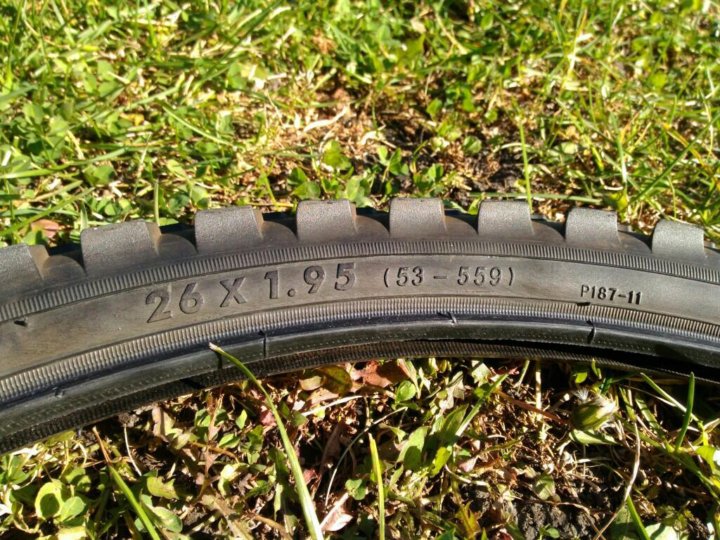 Finnish tire maker Nokian, for example, installs a soft layer of rubber between the stud base and tire surface. This design acts much like a spring, insulating the metal stud reducing road noise compared to the studded tires my grandfather had on his GMC pickup truck thirty years ago.
Finnish tire maker Nokian, for example, installs a soft layer of rubber between the stud base and tire surface. This design acts much like a spring, insulating the metal stud reducing road noise compared to the studded tires my grandfather had on his GMC pickup truck thirty years ago.
In fact, Nokian is working on technology that will enable studs to retract down into the tire when not needed. Sounding for all the world like a Q-designed Bond gadget, the body of the stud remains in place, and the moving part is the hard metal pin in the middle of the stud. It’s not quite ready for showtime but it underscores the amount of research being shovelled into studded tires. Which brings us to our next myth ...
This is patently false, as proven by the example given above. Beyond that particular space-age idea, there are plenty of examples of how research and modern technology have come together to create studded tires that are quite unlike those available even just ten years ago.
“These images help showcase just how far the technology has changed,” said Gendron. He’s right. The traditional studs look a lot like simple pop rivets, small metal nubs with all the technology and subtlety of a stone hammer. They are worlds away from factory-designed studs, engineered to work with the tire treads for maximum bite and minimum noise levels.
Check out the five different types of tire studs in the photo below. The units found on Goodyear’s Ultra Grip Ice Arctic tire have a triangular-type shape, compared to the octagon shadow being thrown by Nokian studs. Pirelli Ice Zero tires have studs with trapezoid shapes.
Nokian’s most recent studded tire, the Hakkapeliitta 9 and Hakkapeliitta 9 SUV, actually feature two different stud shapes. One style of stud is tailor-made for the centre tire tread, while a completely different stud is found on the shoulder areas. This allows the rubber to maximize longitudinal grip during acceleration or braking without giving up lateral grip in the corners.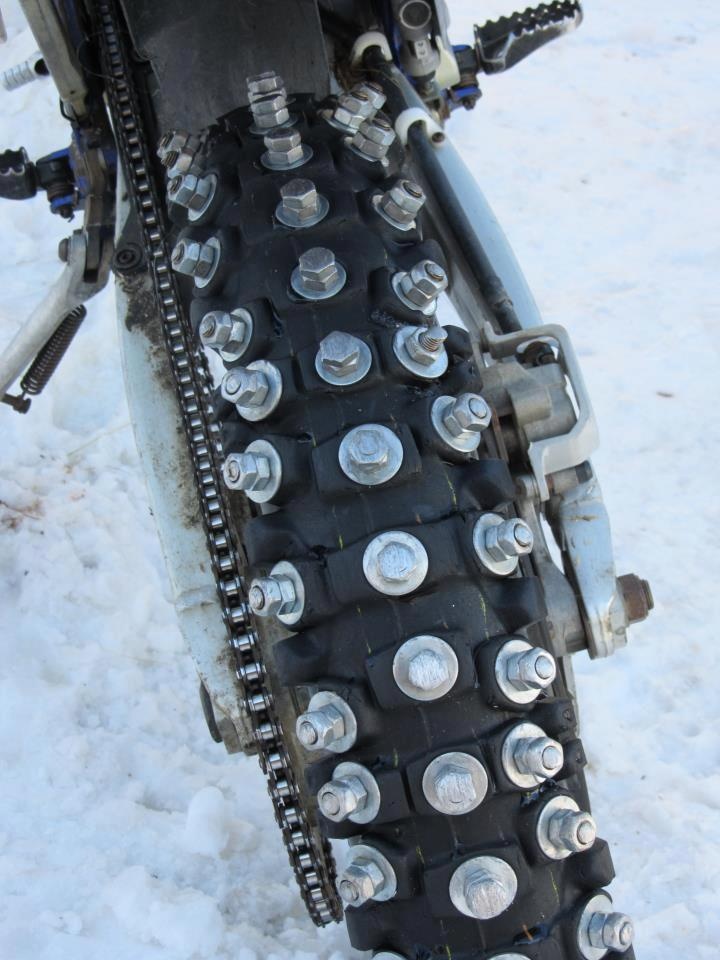
“One of our starting points was to develop a completely new studded tire that combines balanced longitudinal and lateral grip with eco-friendliness,” said Juha Pirhonen, vice president of research and development at Nokian.
Speaking of eco-friendliness, another common belief is that metal studs contribute to greater fuel consumption and the destruction of road surfaces. Here again, we look toward some new technology to bust this myth.
Unlike tire studs of yore, modern units minimize or eliminate these concerns. New advancements place a cushion between the stud and tire, dampening road contact. Impacts are reduced thanks to an air space in the middle of the stud’s lower flange, while beveled metal tips distribute the stud’s impact force across a wider area. Think of how snowshoes allow a person to walk across deep snow without sinking and you’ve got the general idea.
The only place (we repeat – the only place) in Canada where studded tires are not allowed are on the roads of southern Ontario. While this portion of the country does make up a significant chunk of our population, it is not the centre of the universe, no matter how much the region’s politicians would like to think of it as such.
The ban stems from an outdated piece of legislature, passed in 1972, which levelled the criticism that studded tires played a key role in the deterioration of Ontario’s roads. This was likely the case thirty-five years ago but today’s stud technology renders the argument obsolete. The law was amended in 2005 to permit folks in northern Ontario towns like Cochrane and Sudbury the option of running studded tires.
As for the rest of the country, most provinces allow the use of studded tires in the winter months. Annie Joannette, a senior communications advisor at Transport Canada, reminded me that regulations vary, with some places permitting stud use as early as September.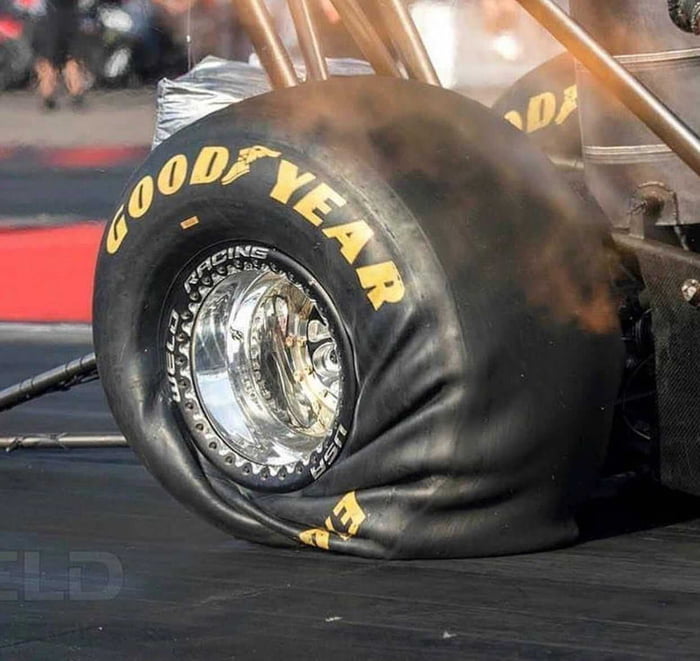 Most decree they have to be taken off the car by either the 1st or 31st of May, depending on location. Check your local regulations for specifics.
Most decree they have to be taken off the car by either the 1st or 31st of May, depending on location. Check your local regulations for specifics.
Ultimately, of course, the decision whether or not to run studded tires boils down to personal preference. We do hope busting a few common myths about this option for winter rubber provides food for thought.
One last thing – on ice, studded tires will definitely stop in a shorter distance than traditional rubber. Our man from Blackcircles Canada points to a study by journalists in Russia, a place where what winter weather falls from the sky simply cannot be believed. In it, testers found studded winter tires stopped in 88% shorter of a distance than non-studded rubber at -5C. Near the freezing mark, at -1C, that difference grew to 149%.
“This tell us that even with the best stud-less tires, you may slide another 170 feet beyond the intersection,” explained Gendron, “A potentially dangerous and hazardous situation.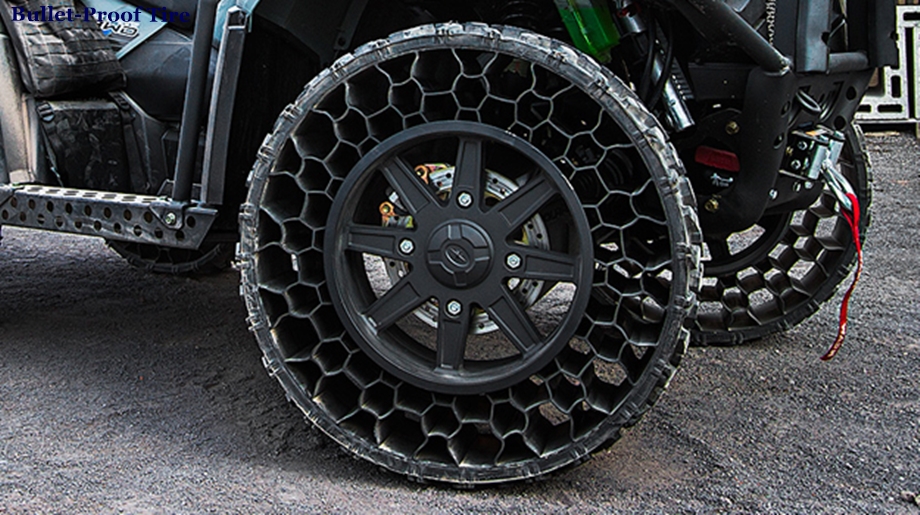 ” To put this in perspective, a tennis court measures just 78 feet in length.
” To put this in perspective, a tennis court measures just 78 feet in length.
Like woodworking, it’s important to use the right tool for the job. If your commute frequently includes weather conditions where studded tires would help – and you live anywhere outside of southern Ontario – they certainly deserve consideration. Myth, busted.
10 Winter Tire Selections for 2019
Follow Wheels.ca on
Facebook
Instagram #wheelsca
Twitter
Living in rural Nova Scotia, Matthew Guy has immersed himself in car culture for over 30 years and relishes the thought of a good road trip. A certified gearhead, he enjoys professionally writing about cars and is very pleased to contribute for wheels.ca. His work has also appeared on Car Throttle, The Truth About Cars, and in CAA Magazine. Find him on Twitter @matthewkguy
SHARE:
REPORT AN ERROR
JOURNALISTIC STANDARDS
ABOUT WHEELS.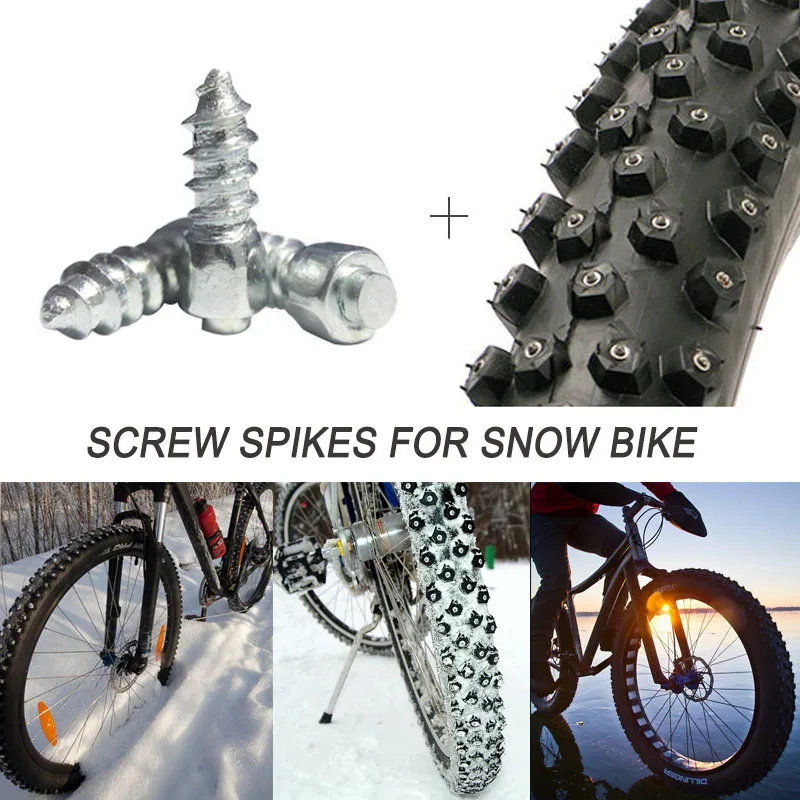 CA
CA
(250) 382-1113 Mon-Fri 8am - 5PM
Q: “I followed the instructions from the Government Canada website and got a set of winter tires for my car. I took a road trip over Christmas and I could not believe how loud my snow tires were compared to my regular tire. What gives? It made my car sound like airplane taking off!” Humming Tires in Victoria
A: This is a very good question. You are right that snow tires or winter tires are noticeably louder than summer or all-seasons tires. There are a few key reasons for this. When it comes to most production parts for your vehicle, there are a number of compromises that are made along every step of production to make sure that the part meets its desired goal. In the case of tires, manufactures are making decisions based on ride quality, grip, handling, noise, longevity, puncture resistance, and many other factors. When they are designing a tire for the winter, they heavily weight the need for a strong grip on the road at low temperatures over most everything else.
Road noise comes from three main design elements on your tires. One is the empty space between the treads, one is the treads themselves, and the other is the composition of the rubber on the tires. The compromises on winter tires each affect the road noise in a different way:
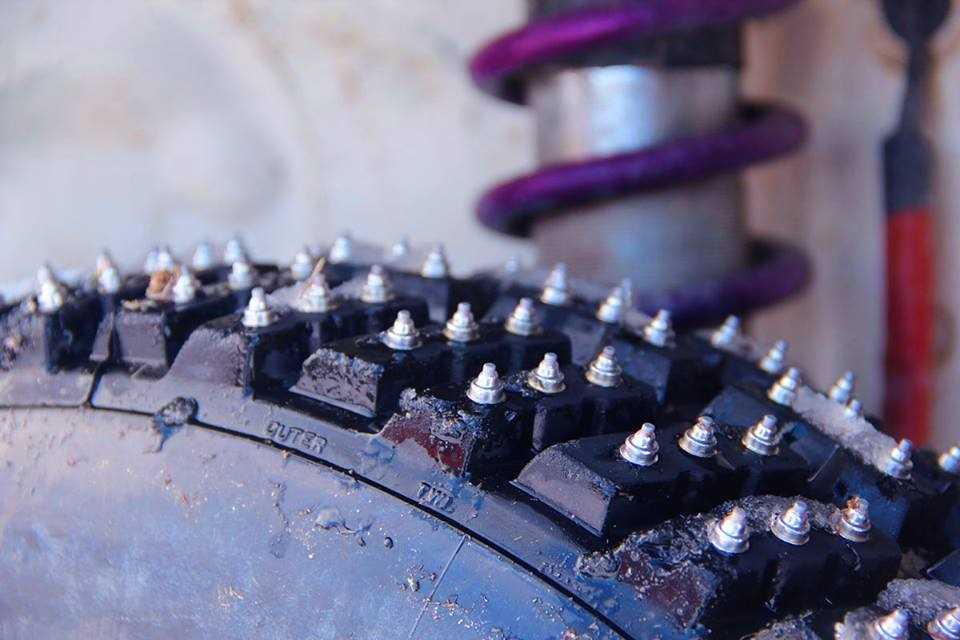 Each is meant to give you more traction by pushing away slush and snow so you can brake and corner safely. The increased traction, however, comes at the cost of increased road noise.
Each is meant to give you more traction by pushing away slush and snow so you can brake and corner safely. The increased traction, however, comes at the cost of increased road noise.
Even though they can be loud and the ride can be a little more harsh than your summer tires, they are worth the tradeoffs. If you think your tires might be loud for another reason, just give us a shout, you may need to have them balanced or repaired, and we would be happy to help.
Updated:
27/07/2020
)
Contents of the article
Often after a seasonal tire change on a car, drivers are faced with such an effect as the rumble of rubber while driving.
This phenomenon cannot be attributed to a serious problem or malfunction of the chassis, but it causes some discomfort when driving. Most of all, as a rule, summer tires are noisier, while winter tires are quieter in operation. In the article, we will look at the main differences between summer and winter tires, understand the causes of the rumble and advise on how to choose the least noisy tires.
When a winter set of tires is changed to summer tires, the driving noise becomes louder. This fact is noticed by all drivers. Experienced motorists do not worry about this, beginners worry. To understand why the rubber is buzzing, you should study a little the features of the summer and winter tires.
The key difference is in the composition of the rubber compound. The production of a mixture is the first stage in the technological cycle for the production of tires for use in different seasons of the year. Accordingly, tires for summer and winter are different in their characteristics and tasks. For the production of winter tires, a softer mixture is used, taking into account driving on slippery roads and at low air temperatures. Soft rubber provides reliable grip of the “contact patch” of the wheel with the road surface. Accordingly, it is characterized by a low noise level during movement.
Accordingly, tires for summer and winter are different in their characteristics and tasks. For the production of winter tires, a softer mixture is used, taking into account driving on slippery roads and at low air temperatures. Soft rubber provides reliable grip of the “contact patch” of the wheel with the road surface. Accordingly, it is characterized by a low noise level during movement.
Summer tires are made from harder rubber, as the main task is to maintain stability and hardness on the road. When changing a “soft” tire to a “hard” one, drivers notice a hum from the rubber. This is a common occurrence.
In addition, tires for summer and winter have different tread patterns. In the first version, it is more smoothed, since the road surface does not have winter "surprises". In the second case, the protector is more pronounced. The pattern is characterized by a large number of grooves that perform the task of removing snow while driving. The number of sipes has also been increased for better tire grip on slippery surfaces.
The reasons for the appearance of a hum when driving a car on summer or winter tires may be the following factors:

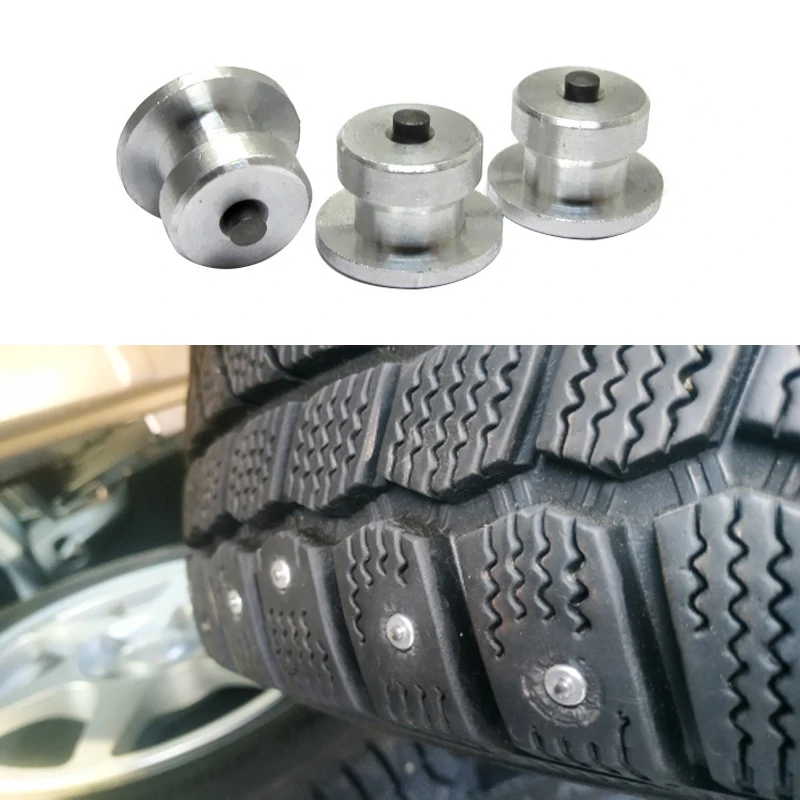 You can check the wear of the wheel element yourself. To do this, raise the car with a jack and sharply turn the wheel. If you hear a noise with a metallic overtone, then the bearing is out of order. In addition, wheel play from side to side also indicates wear on this assembly.
You can check the wear of the wheel element yourself. To do this, raise the car with a jack and sharply turn the wheel. If you hear a noise with a metallic overtone, then the bearing is out of order. In addition, wheel play from side to side also indicates wear on this assembly.
Thus, 2/3 of the reasons why tires buzz are determined by the design of the rubber. As a rule, noise appears during seasonal wheel changes due to the difference in tread pattern. In most cases, this is normal. Since crushed stone acts as a filler for the asphalt mixture in our country, soft rubber with a deep tread “envelops” small breakaway particles and makes almost no noise. A hard tire interacts harder with the coating, which causes noise.
Summer Drive Protection Sound Comfort
Rating:
4.5
Tires Goodyear Eagle F1 Asymmetric 3 SUV
Summer Drive protection
Rating:
4. 5
5
Tires Goodyear Eagle Sport TZ
Summer Drive protection
Rating:
4.5
Tires Goodyear EfficientGrip 2 SUV
Summer Drive Protection Run On Flat
Rating:
4.5
Tires Goodyear EfficientGrip Performance
Winter Drive protection
Tires Goodyear UltraGrip Arctic 2 SUV
Winter Drive Protection Sound Comfort
Rating:
4. 5
5
Tires Goodyear UltraGrip Ice 2
Winter Drive Protection Sound Comfort
Rating:
4.5
Tires Goodyear UltraGrip Ice SUV
Winter Drive protection
Tires Goodyear UltraGrip Performance+ SUV
All season Drive Protection
Rating:
5
Tires Goodyear Vector 4Seasons Gen-3 SUV
Summer Drive Protection Run On Flat
Rating:
4
Tires Goodyear Wrangler HP All Weather
All season Drive Protection
Rating:
4. 5
5
Tires Goodyear Vector 4Seasons
Summer
Rating:
4.5
Tires Goodyear Wrangler All-Terrain Adventure with Kevlar
Summer Drive Protection
Rating:
4.5
Tires Goodyear EfficientGrip SUV
Summer Drive Protection Run On Flat
Rating:
4
Tires Goodyear Eagle F1 Asymmetric SUV
The amount of noise that tires make when moving depends on many factors.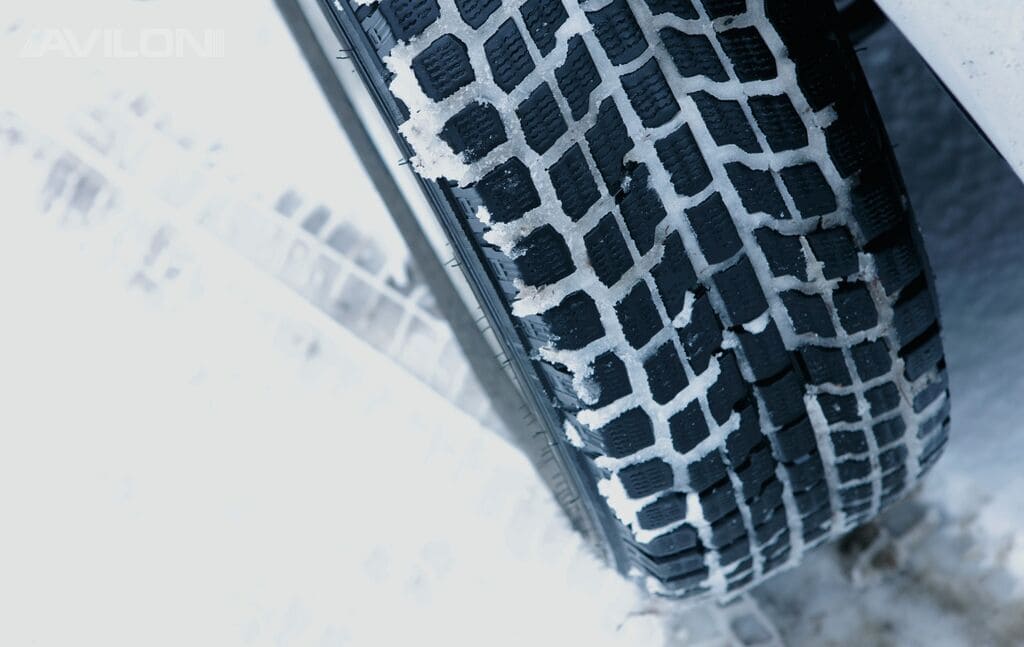 We have listed the most common reasons above. In addition to them, the rumble can provoke a poor quality roadbed or wet asphalt. It should also be noted that if the machine is operated on asphalt roads, then soft tires with a deep tread pattern should be chosen. Typically, tire manufacturers list noise levels in decibels in their tire specifications.
We have listed the most common reasons above. In addition to them, the rumble can provoke a poor quality roadbed or wet asphalt. It should also be noted that if the machine is operated on asphalt roads, then soft tires with a deep tread pattern should be chosen. Typically, tire manufacturers list noise levels in decibels in their tire specifications.
To figure out which summer tires do not make noise when driving, it is enough to know only two parameters.
The first is the hardness of the rubber. The softer it is, the quieter the movement will be. However, there is a downside: softness leads to an increase in braking distance. Experts recommend choosing moderately hard tires with a symmetrical tread pattern. These tires hold the road well on wet surfaces and do not buzz too much. The asymmetric tread is suitable for fans of fast and quiet driving.
The second is the noise level specified by the manufacturer. Usually this characteristic is indicated in the form of waves.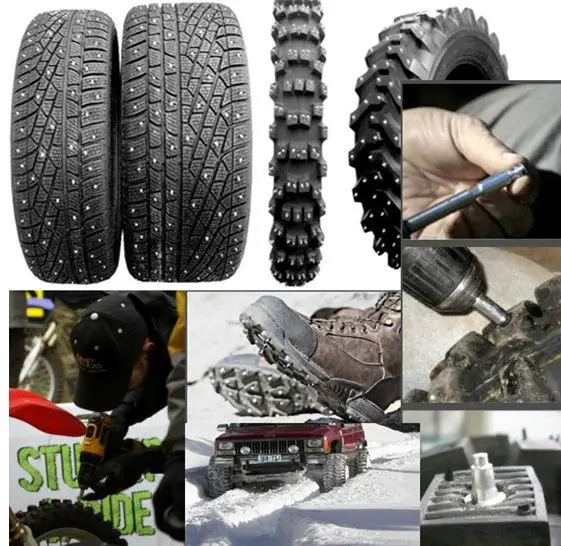 One wave — not noisy summer tires. Two - medium noise. Three is a noisy tire.
One wave — not noisy summer tires. Two - medium noise. Three is a noisy tire.
If you need not noisy winter tires, then you should pay attention to the depth of the tread pattern, as well as the presence of spikes. In any case, a studded tire is more noisy than a regular one. Of course, for winter you need to use soft rubber.
Choosing low-noise tires for summer and winter is not as difficult as it seems at first glance. Another point - you do not need to display this criterion in the absolute. It is always worth adhering to the "golden mean": comfortable driving should not be higher than the safety of the driver and passengers.
Find Goodyear tires for your car
Many car owners face the problem of rubber noise. This phenomenon does not carry anything negative, but creates a certain discomfort during trips. For most, the lack of noise even becomes one of the main factors in choosing new tires. Someone seeks to drown out the rumble with good acoustics or even a radio, but this does not help in all cases. In addition, car owners are not just worried about the annoying monotonous sound, but also the question of whether noise is the cause of malfunctions. In fact, the reasons lie in the quality of the road surface and the tires themselves.
Someone seeks to drown out the rumble with good acoustics or even a radio, but this does not help in all cases. In addition, car owners are not just worried about the annoying monotonous sound, but also the question of whether noise is the cause of malfunctions. In fact, the reasons lie in the quality of the road surface and the tires themselves.
More often than not, car owners complain about noise after replacing winter tires with summer tires. In the early days, the difference in driving is felt especially strongly. And the reason for the increased noise is far from being in the open window, but in the following features:
 Winter tires are made from softer rubber because it doesn't "tan" when it's cold. This is important for normal grip on snowy road surfaces. Summer tires need to retain their hardness and stability at all times, so they are made from a different rubber compound.
Winter tires are made from softer rubber because it doesn't "tan" when it's cold. This is important for normal grip on snowy road surfaces. Summer tires need to retain their hardness and stability at all times, so they are made from a different rubber compound. If we consider summer and winter tires in terms of different noise levels, the following should be noted:
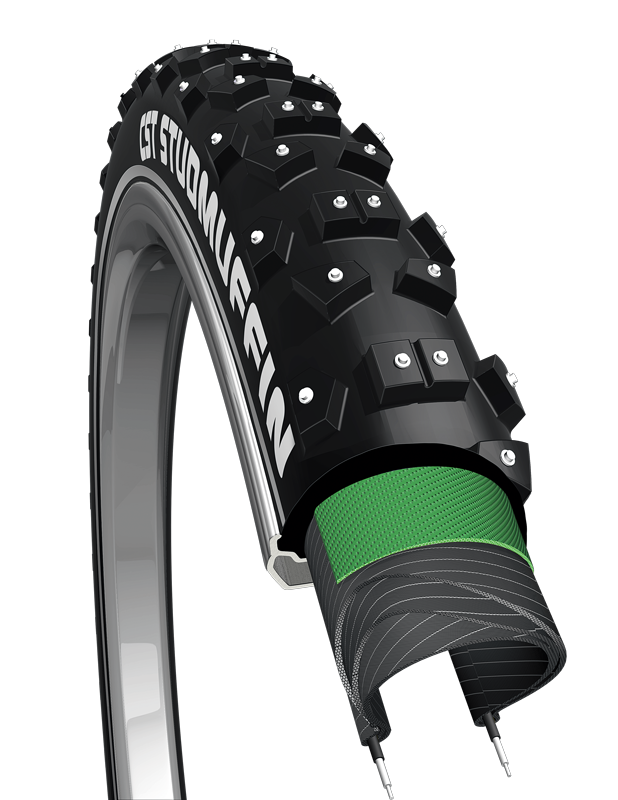 Numerous lamellas and grooves during the movement without any problems have time to remove air from the tires, without causing micro-pops and other noise.
Numerous lamellas and grooves during the movement without any problems have time to remove air from the tires, without causing micro-pops and other noise. When driving in summer, the sound effect is emitted by the tires themselves, while in winter the noise comes from the adhesion of rubber to the road surface. It is the features of the tread, according to experts, that are the most obvious causes of the hum.
A variety of factors play a decisive role in the appearance of sufficiently strong rubber noise: from the quality of the tires themselves to the road surface and environmental conditions. Common causes include:
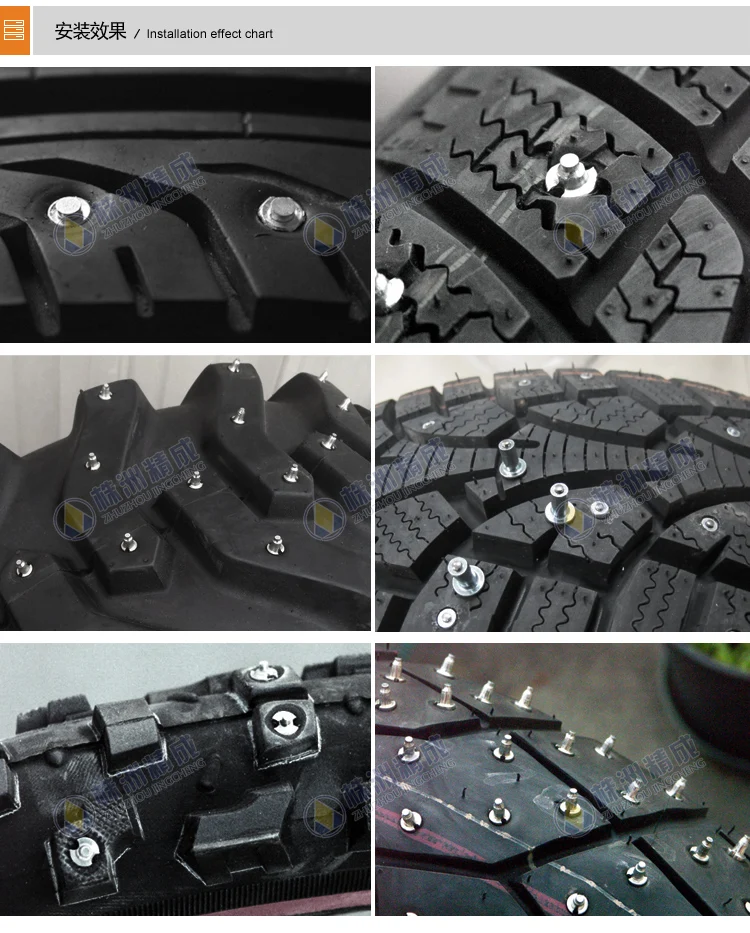 Bearing failure may be caused by wear on the treadmill.
Bearing failure may be caused by wear on the treadmill. In the field of road construction, crushed stone is most often used as a filler. In contact with the surface of the tires, it leads to the appearance of a characteristic noise. At the same time, the interaction of hard summer rubber with a porous coating is accompanied by a much louder rumble than soft winter tires. Noise can be amplified in those sections of the pavement where very fine aggregate has been used.
Over-inflated tires are another reason for their increased rubber noise. When the tire is inflated too much, the area of its adhesion to the roadway increases, which inevitably leads to an increase in the already unpleasant rumble. Many car owners and service workers rarely pay attention to pressure indicators. Inflation must be carried out under the control of a manometer.
Cheaper tires have insufficient quality compound, which causes too much noise. It may also be the result of non-compliance with manufacturing technology, which affects the quality of the tread and other performance characteristics of the tires. Therefore, it is better to buy tires that have passed certification tests for noise levels and other safety indicators.
It may also be the result of non-compliance with manufacturing technology, which affects the quality of the tread and other performance characteristics of the tires. Therefore, it is better to buy tires that have passed certification tests for noise levels and other safety indicators.
Wider tires always make more noise because they have a larger contact surface with the road surface and therefore higher asphalt resistance.
In the summer, especially in very hot weather, you may notice an increase in noise. This is due to the softening of the rubber and the increase in its resistance to the road surface.
Noticing that winter tires are less noisy, some drivers decide to leave them for the summer. But here it is worth noting that this will only increase the noise even more. In hot weather, the rubber softens and adheres even more to the asphalt. In addition, it will worsen the car's handling on the road and lead to faster tire wear.